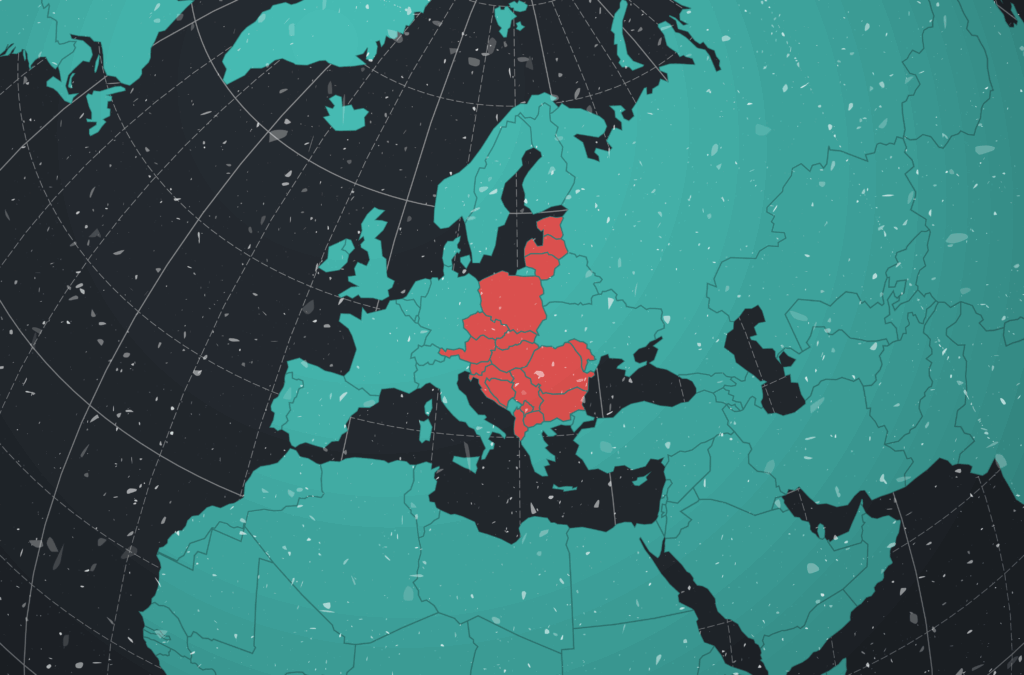
Climate Readiness Demands More Than Insurance

Insurance was a key topic of discussion for the central bankers, government ministers, executives, and others gathered in Washington, D.C., over six days last October for the Annual Meetings of the International Monetary Fund (IMF) and World Bank.
Only the impact of slowing inflation and the result of the U.S. elections on global markets received more attention during the multilateral gathering.
“That will be the norm going forward, particularly as it relates to climate change,” suggested Niels Annen, parliamentary state secretary to the German Federal Minister for Economic Cooperation and Development, during a panel discussion on ensuring resilience and covering climate change.
“We expect the topic [of insuring climate-related risks] to gain more prominence and political interest globally,” Annen said. “What we’ve been doing with prearranged financing worked and we made some progress, but we need to prepare ourselves for a more severe and immediate impact of what we are seeing [from climate-related risks].”
Prearranged financing implies that funding has been approved ahead of a crisis and is disbursed when predetermined trigger conditions are met. However, many government officials and other stakeholders are often unprepared to critically evaluate various instruments in this relatively limited, complex, and fast-changing field. In fact, governments should develop strategies that combine different instruments—such as contingent grants and loans, climate-resilient debt clauses, catastrophe bonds, or parametric insurance—for different layers of risks, but they often lack the information and expertise to determine which combination of instruments is most appropriate for their needs.
In a report this year, Aon said estimated global economic losses from natural disasters reached $380 billion in 2023, with only $118 billion (31%) covered by insurance. The earthquake sequence in Turkey and Syria was the largest loss driver (roughly $92 billion), followed by severe convective storms in the United States and Europe. Many unprepared governments often resort to emergency borrowing from the World Bank or IMF to cover the steep costs of disaster response, which continue to escalate in tandem with climate change.
Such climate-response financing is often more expensive and has tighter repayment structures than typical lending practices from multilateral organizations, often exacerbating the financial strain on already vulnerable economies.
“When communities are destroyed and shaken by climate disasters, reactionary responses are simply not enough,” said Ethiopis Tafara, vice president and chief finance, risk, legal, and sustainability officer for the World Bank Group’s Multilateral Investment Guarantee Agency (MIGA). Sitting beside Annen on the insurance resilience panel, Tafara emphasized the importance of proactive measures: “This is where guarantees and insurance come into the forefront as a proactive approach both to establish adaptation and mitigation measures and to manage the fallout from climate-related disasters.”
Tafara said the World Bank is committed to making insurance solutions, especially for those at greatest risk, more accessible and affordable. She noted that MIGA in the previous fiscal year had provided $2.3 billion in guarantees for 30 climate mitigation or adaptation projects in 22 countries.
Regulators’ View on Resilience and Preparedness
“Focusing on climate resilience should be the job of all insurance supervisors regardless of their mandate,” said Jonathan Dixon, secretary general of the International Association of Insurance Supervisors (IAIS), during a panel on insurance protection gaps. “Supervisors used to focus solely on existing policyholders, while the focus has shifted to creating and enabling regulatory and supervisory environments to build responsible access to insurance.”
The IAIS and the National Association of Insurance Commissioners (NAIC) reaffirmed two important points during presentations at the conference: governments must work with the private insurance sector to better understand and share both risks and resources, and regulators need to improve their communication efforts with private firms and push for stronger consumer education on risks related to natural disasters.
“Lots of consumers tend to underestimate the risk of natural and climate-related events—like flooding—so regulators need to improve communication and education [around these issues],” said NAIC Commissioner Andrew Mais during the insurance protection gaps panel. “As regulators, we need to get a better sense of what private companies can do—and insure—and what they can bring to the table. [To shorten the protection gap] we must continue to foster innovation in modeling, parametric, and risk assessment.”
Proof of these programs’ capacity to aid a country following a natural disaster came in the wake of 6.8-magnitude earthquake that struck Morocco in September 2023, killing more than 2,900 people. After the earthquake, Morocco’s Solidarity Fund against Catastrophic Events (FSEC) mobilized the accumulated reserves from its parafiscal tax proceeds ($50 million) and then activated a $275 million insurance payout under its earthquake reinsurance policy. According to recent reports, the parametric policy was renewed to provide a similar level of cover for 2024 and beyond.
“When we set up the FSEC, we didn’t think we’d need to use it so quickly,” said Faouzia Zaaboul, director of treasury and external finance at Morocco’s Ministry of Economy and Finance. “Thanks to the fund and parametric insurance we were able to mobilize a significant amount of money that helped us face the pressing needs of the population in days immediately following the earthquake.”




